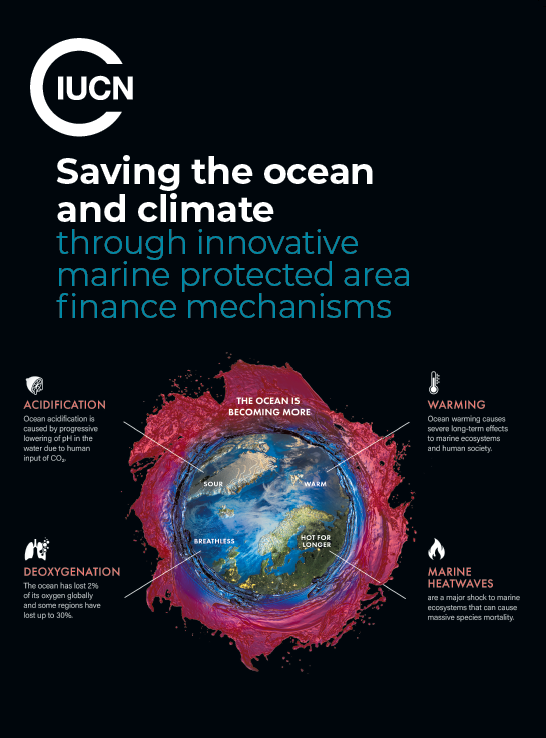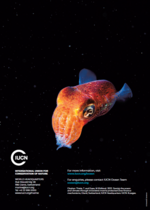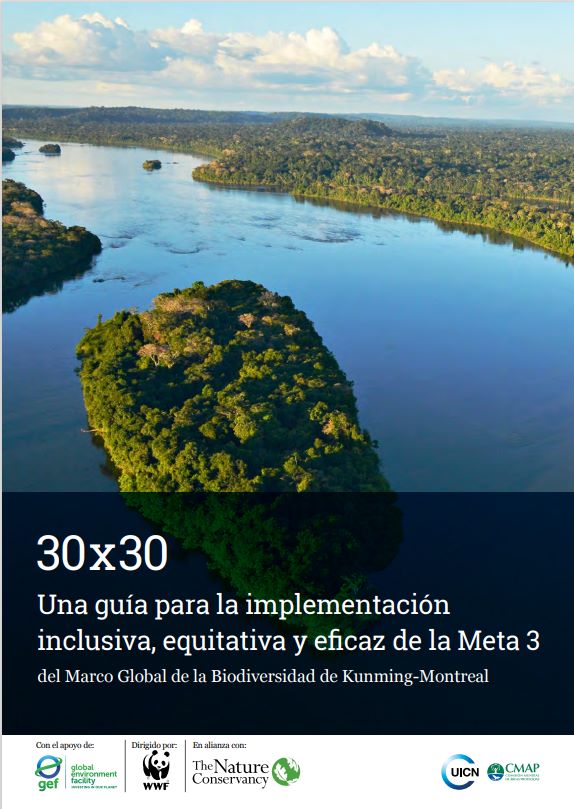Saving the ocean and climate through innovative marine protected area finance mechanisms
Ocean threats: acidification, deoxygenation, warming, heatwaves. Do we have anything useful to bend, change, or reverse the results? This brochure, conceived to advocate and educate at the UNFCCC COP27 meetings, summarises these threats and how various solutions (explained within) can actually help protect the ocean as Nature-based Solutions, if correctly constructed, and the existing and emerging financial mechanisms and institutions that can build and fortify these solutions.
Marine Protection is Climate Action
Marine Protected Areas (MPAs), or networks thereof, if designated, monitored, and managed effectively, can protect coastal and marine ecosystems including blue carbon habitats, enhance biodiversity, and deliver socio-economic benefits including food security for coastal and global communities alike.
 Photo: Silas Baisch, Unsplash
Photo: Silas Baisch, Unsplash
Ocean finance needs to be integrated into the climate finance architecture
Marine protection needs to be underpinned by effective financial support and a
robust, equitable, and flexible mechanism for financing implementation. The cost
of inaction far exceed the costs of establishing effective ocean management.
Delivering a New Blue Deal
Delivering a New Blue Deal for Sustainable Development Goal (SDG) 14, which
also addresses climate action, requires an early upfront capital investment with a
partnership approach to allow for effective implementation.
Early successes in the coastal zone
Leveraging public funding for increased private finance in coastal NbS is already well underway. Efforts such as the Blue Natural Capital Financing Facility (BNCFF), launched in 2018 and managed by the IUCN, is helping to build the business case for investing in coastal NbS for climate change mitigation and adaptation, by developing a pipeline of bankable
projects, and connecting people on the ground with private investors in boardrooms.
The BNCFF has been designed to help strengthen specific projects that combine bankability and positive environmental and social impacts. The BNCFF bridges the gap between the conservation and finance world, between theoretical concepts and actual impacts by
collecting and sharing lessons-learned, and producing credible and usable knowledge products, including investment.
Blue Prints. The new Blue Carbon Accelerator Fund (BCAF) is following a similar approach to the BNCFF but with a focus on carbon credit generation as a key financing vehicle for coastal and marine conservation and protection efforts.
An Ocean Sustainability Bank
Building on these early successes, an Ocean Sustainability Bank21 targeting the whole ocean could offer integrative financing tools to effectively address the ocean and climate finance gap, helping to deliver resilience and adaptation, SDG14 and a sustainable and just blue economy transition based on principles of equity, informed decision-making, shared responsibility and accountability.
In addition to the bank, financial regulators and governments also need to systematically integrate long term climate and biodiversity considerations in macroeconomic, fiscal, and institutional assessments that inform country strategies.
Investing into marine protected area implementation
Effective coastal and marine conservation measures need to be underpinned by best available science, including scientific assessment and baseline research.
What types of investments are needed?
The transition to a low-carbon economy requires long-term, large investments - such as in infrastructure and technology. "Patient finance" - which may not be available if the local credit market is not properly capitalized.
Climate clubs and partnerships for marine protection
Multi-stakeholder partnerships, gathering finance, tech, conservation, philanthropies and governments actors, could contribute funding, ideas and skills and use formats such as advanced market commitments (AMC), matching funds, and blue bonds, delivering effective funding to multiple projects.
Investing in data and AI
Tools and Technologies such as remote sensing via satellites, subsea floating devices and SMART sub-sea cables and eDNA analysis represent multiple means to monitor the ocean, collect important big data, enforce protected areas and deliver sea basin approaches to integrated observing systems can be used to help analyse future climate change impacts.
Applying those can improve the effectiveness of area-based measures in the ocean. This requires a “coalition of the willing” such as the climate clubs proposed by the German G7. Different organisations can play a role in facilitating such partnerships. MDBs are already committed to increase funding for a joint approach through the “Finance in Common” initiative.
The Role of the Ocean Sustainability Bank
A dedicated multilateral ocean finance institution, an Ocean Sustainability Bank would complement the existing Green Climate Fund as a pro-active provider of sustainable ocean-climate finance.





